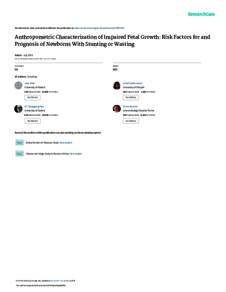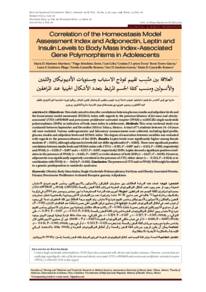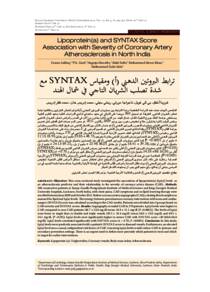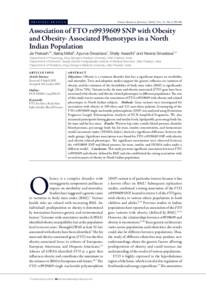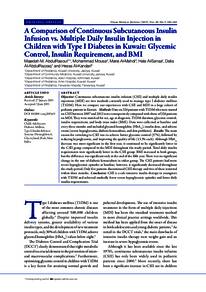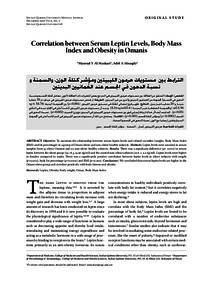Document
Association between paracetamol use in infancy or childhood with Body Mass Index.
Identifier
DOI: 10.1002/oby.21045
Contributors
Stewart, Alistair W., Author
Braithwaite, Irene., Author
Beasley, Richard., Author
Hancox, Robert J., Author
Mitchell, Edwin A., Author
ISAAC Phase Three Study Group., Author
Publisher
University of Auckland.
Gregorian
2015-05
Language
English
Subject
English abstract
Objective Paracetamol has the potential to also promote weight gain by indirect activation of cannabinoid receptors. The association between paracetamol use in the first 12 months of life or recent high use and BMI in children and adolescents was investigated. Methods Paracetamol use in the first 12 months of life (reported by parents/guardians of 6- and 7-year-olds) or in the past 12 months (reported by parents/guardians of 6- and 7-year-olds or self-reported by adolescents aged 13-14) was examined in relation to BMI in a large multicentre cross-sectional study (2000-2003). Linear regression results were adjusted for whether height and weight were reported or measured, age, sex, country gross national income, study centre, maternal smoking, and recent wheeze. Results Data were available from 76,216 children (18 countries) and 188,469 adolescents (35 countries). BMI was +0.07 kg/m2 higher in children with early life paracetamol exposure, from affluent countries only. Frequent recent paracetamol use was associated with higher BMI (+0.17 kg/m2, P-<-0.0001) among adolescents from affluent countries only, but not in children (P-=-0.41). Conclusions Paracetamol may be causally related to increased BMI; alternatively, the association may be explained by lifestyle or other factors that correlate with paracetamol use in affluent countries.
Member of
ISSN
1930-7381
Resource URL
Category
Journal articles


